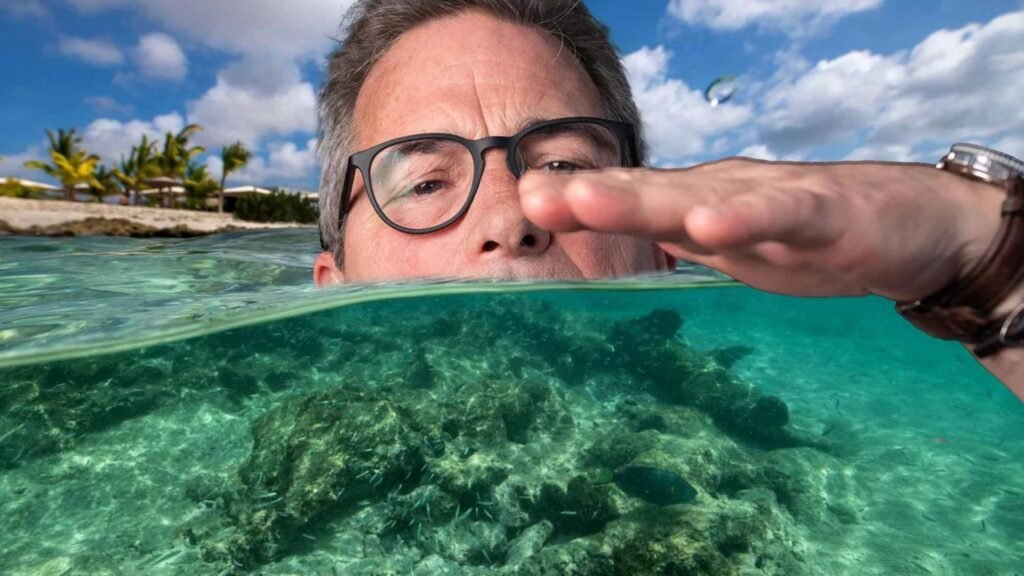Jul 3, 2024
Tips for Underwater Photography
Underwater photography presents unique challenges and opportunities, offering a chance to capture the mesmerizing beauty of the underwater world. Whether you’re photographing marine life, landscapes, or divers, these tips will help you achieve stunning underwater shots.

Use the Right Gear
Investing in good quality underwater photography gear is essential. Use a camera that performs well in low-light conditions and can shoot in RAW format for better post-processing. Waterproof housings are a must to protect your camera from water damage. Consider using a wide-angle lens for capturing expansive scenes and a macro lens for close-ups of small subjects.
Master Buoyancy Control
Good buoyancy control is crucial for underwater photographers. It allows you to stay steady and maintain the perfect shooting position without disturbing the environment or scaring away marine life. Practice your buoyancy skills to ensure you can hold still and move smoothly while taking photos.
Get Close to Your Subject
Water reduces clarity and light, so it’s important to get as close to your subject as possible. This minimizes the amount of water between your camera and the subject, resulting in sharper, more vibrant images. Approach slowly and calmly to avoid startling marine life.
Use Natural Light Effectively
Natural light diminishes quickly underwater, especially at depths beyond 10 meters (33 feet). Shoot in shallow waters or during midday when the sun is overhead to maximize natural light. Position yourself with the sun behind you to illuminate your subject. Remember that red, orange, and yellow colors fade with depth, so staying shallow helps retain color.
Incorporate Artificial Lighting
Strobes or underwater flash units are essential for adding light and bringing out the true colors of your subjects. Use diffusers to soften the light and reduce harsh shadows. Position your strobes at a 45-degree angle to the subject to create natural-looking lighting and avoid backscatter (particles in the water that reflect light back to the camera).
Practice Proper Composition
Apply traditional photography composition techniques, such as the rule of thirds, leading lines, and symmetry, to your underwater shots. Look for interesting foreground elements to add depth to your images. Experiment with different angles and perspectives to create dynamic and engaging compositions.
Adjust Your White Balance
The underwater environment has a different color temperature than on land, often resulting in a blue or green cast. Adjusting the white balance on your camera helps correct these color shifts. If your camera allows, set a custom white balance using a white or grey slate at the depth you’re shooting.
Shoot in Manual Mode
Shooting in manual mode gives you full control over your exposure settings. Adjust your ISO, aperture, and shutter speed to achieve the desired exposure. Higher ISO settings can help in low-light conditions, but be mindful of noise. A wider aperture (lower f-stop) allows more light to enter, and a faster shutter speed can freeze motion.
Use a Focus Light
A focus light helps your camera achieve accurate focus in low-light conditions. Mount a small, constant light source near your lens to illuminate your subject and assist with focusing. Some underwater strobes have built-in focus lights, which can be very convenient.
Be Patient and Observant
Underwater photography often requires patience and keen observation. Spend time watching your subjects to understand their behavior and anticipate their movements. This increases your chances of capturing the perfect moment. Be respectful of marine life and avoid disturbing their natural habitat.
Post-Process Your Images
Editing your underwater photos is an important step to enhance their quality. Use software like Adobe Lightroom or Photoshop to adjust exposure, contrast, white balance, and colors. Remove any backscatter or unwanted particles to achieve a clean, polished look.
Prioritize Safety
Always prioritize your safety and the safety of your dive buddy. Be aware of your surroundings, keep an eye on your air supply, and follow proper diving protocols. Don’t risk your safety for the sake of a photo.
Protect the Marine Environment
Respect the underwater environment and marine life. Avoid touching or disturbing corals, plants, and animals. Practice responsible diving and photography to ensure you’re not causing harm to the ecosystem.
In conclusion, underwater photography is a rewarding yet challenging field that requires specialized skills and equipment. By mastering these tips, you can capture the enchanting beauty of the underwater world and create stunning, memorable images.
More Details